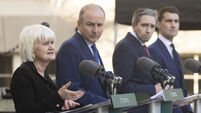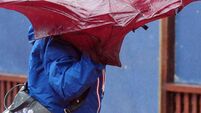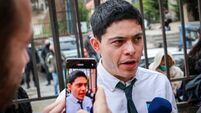Ruthless and effective: 100 years on from Michael Collins’s killer Squad and their first mission

It’s 100 years since the specialised unit of IRA assassins undertook their first operation. looks at the early days of a group who’d have a crucial role in the struggle
TOMORROW marks the centenary of the first operation of The Squad, which was arguably the most successful rebel group working within the Irish Republican Army (IRA) during the War of Independence.
















